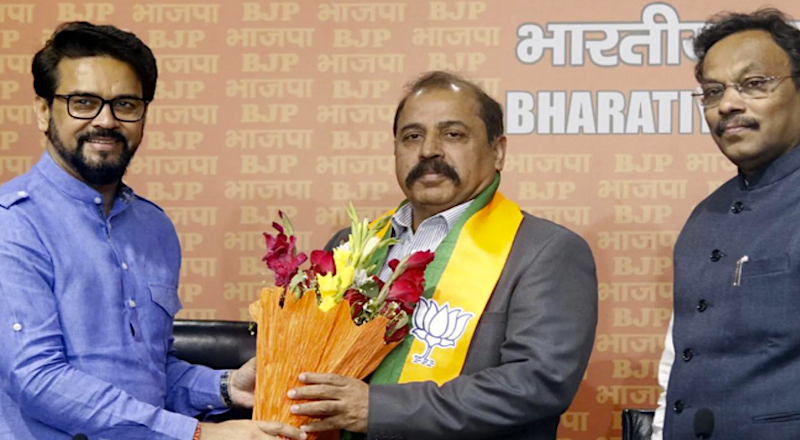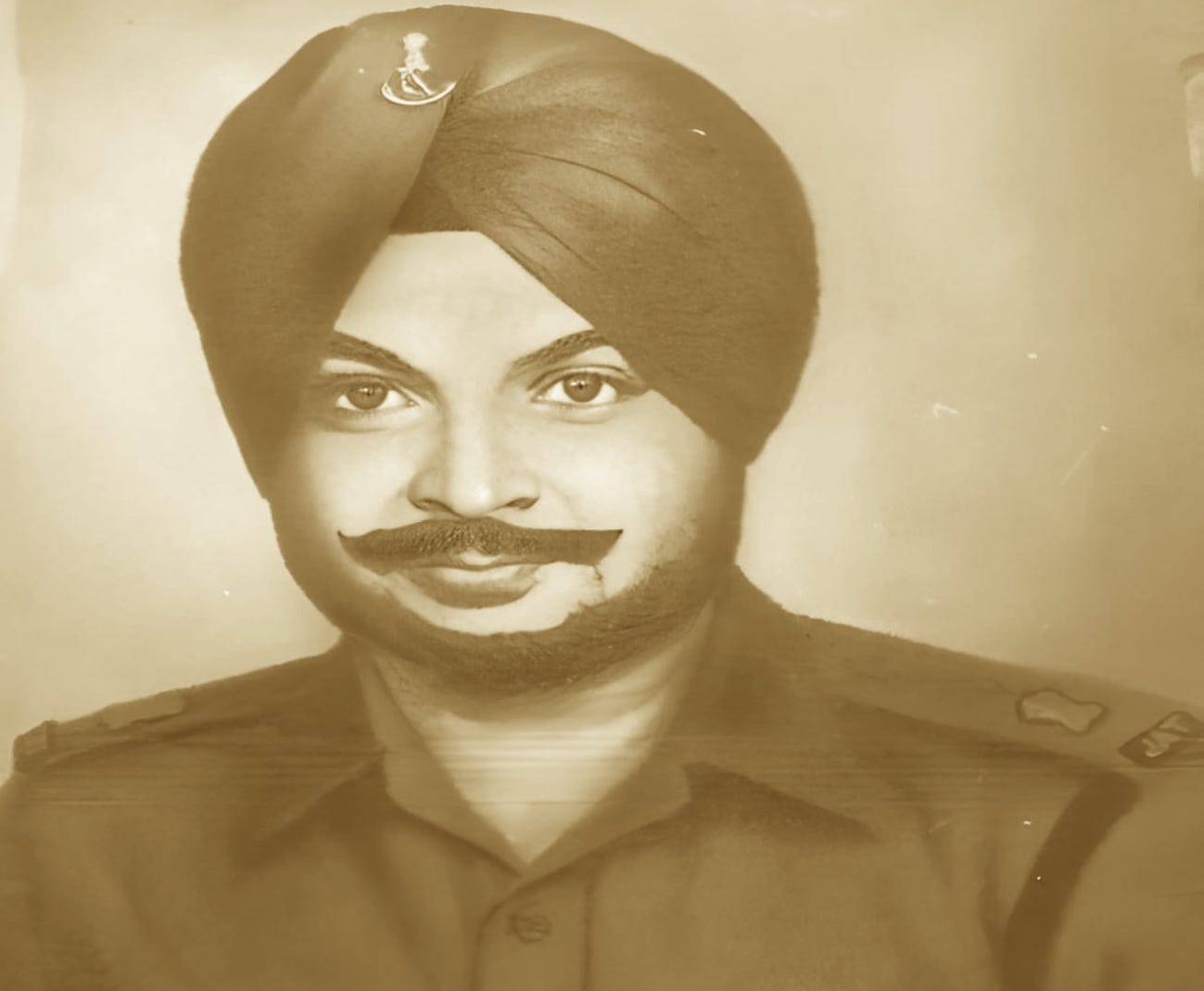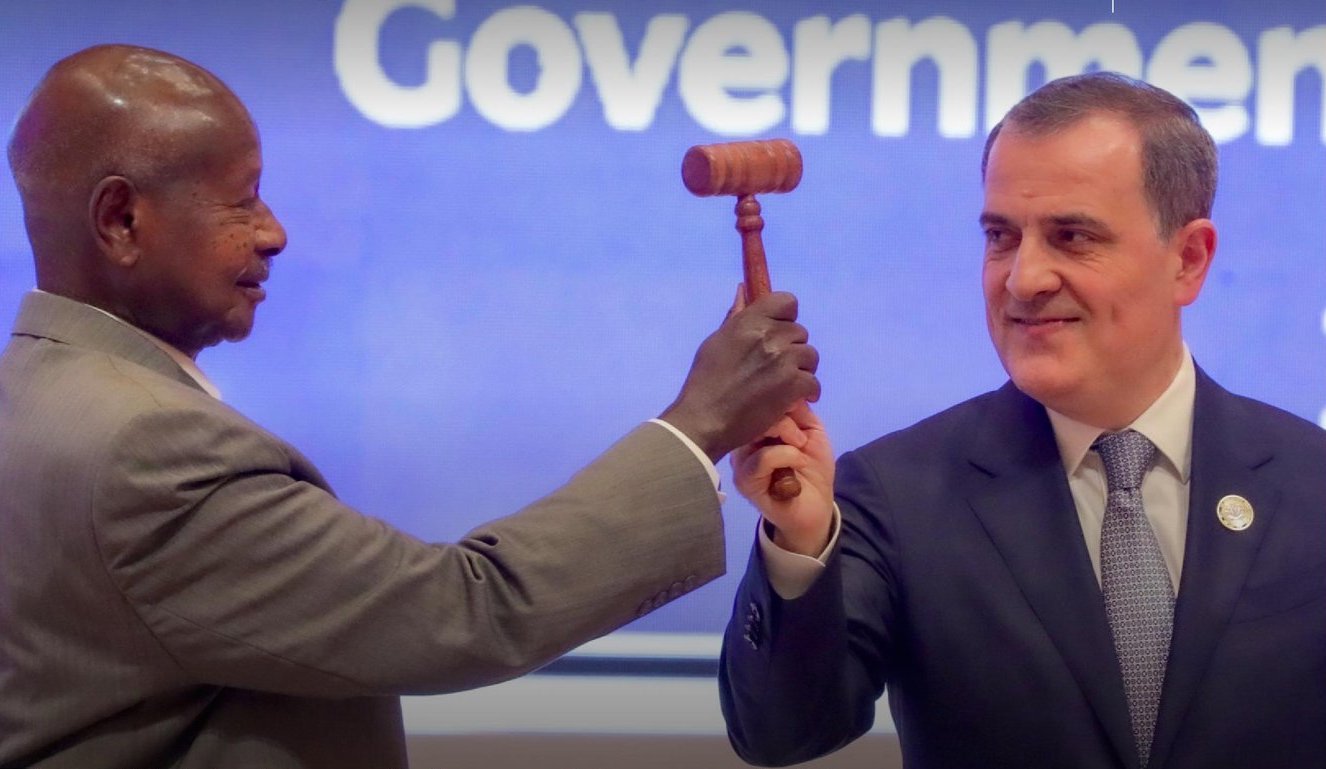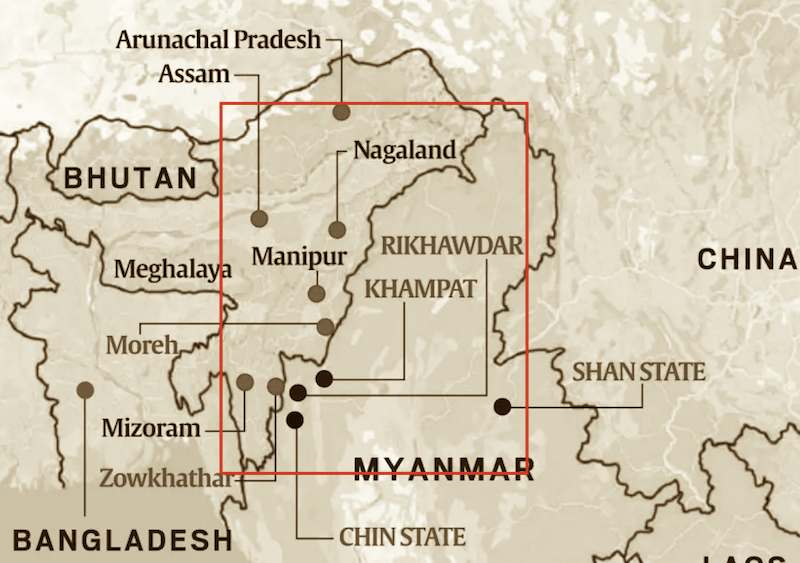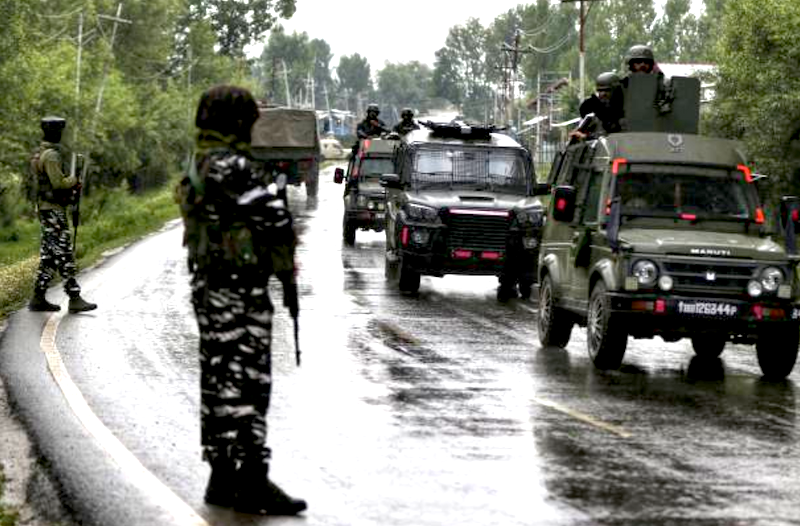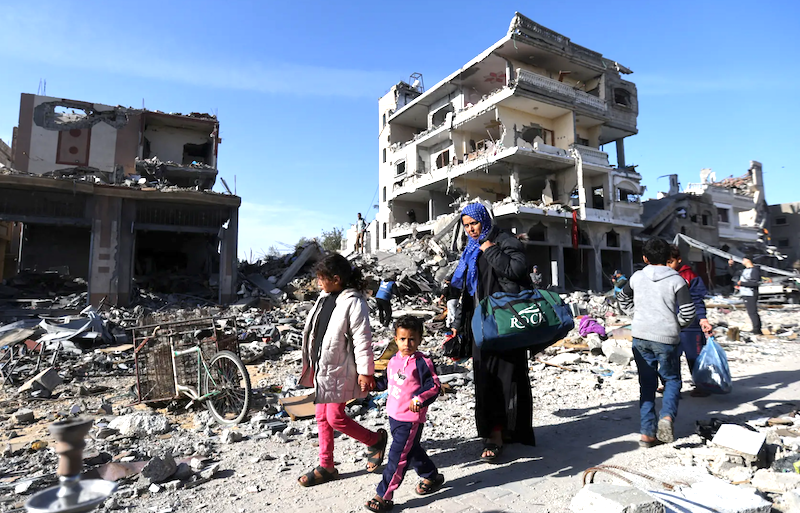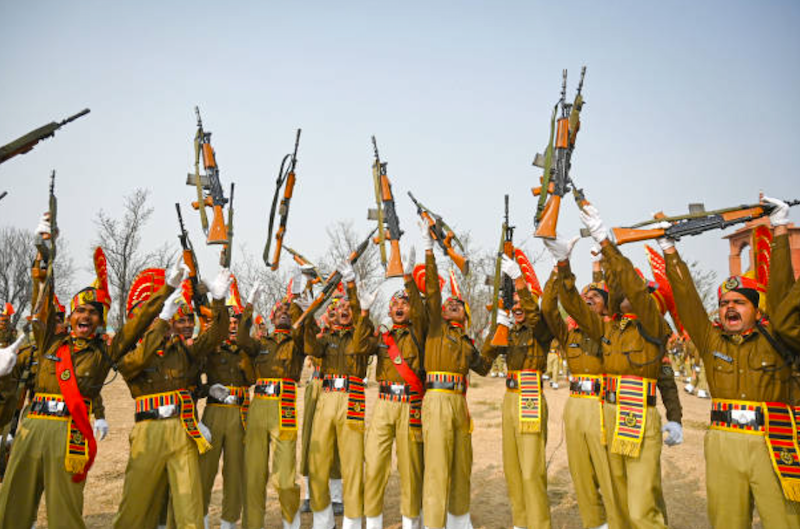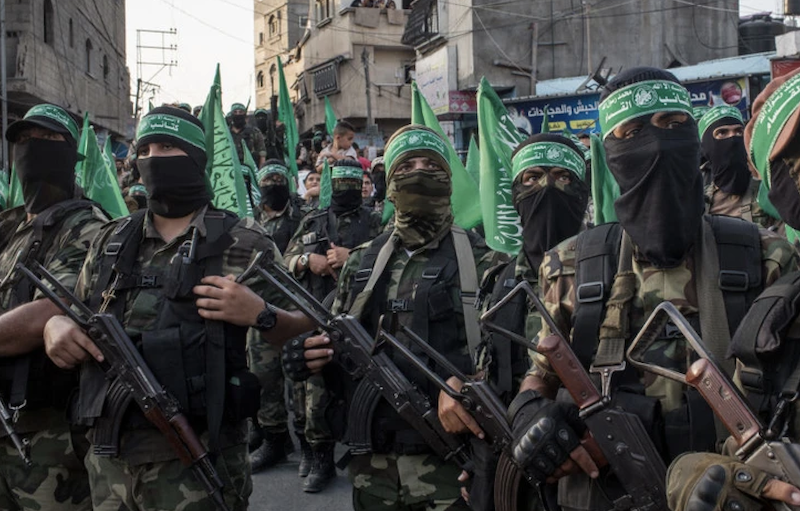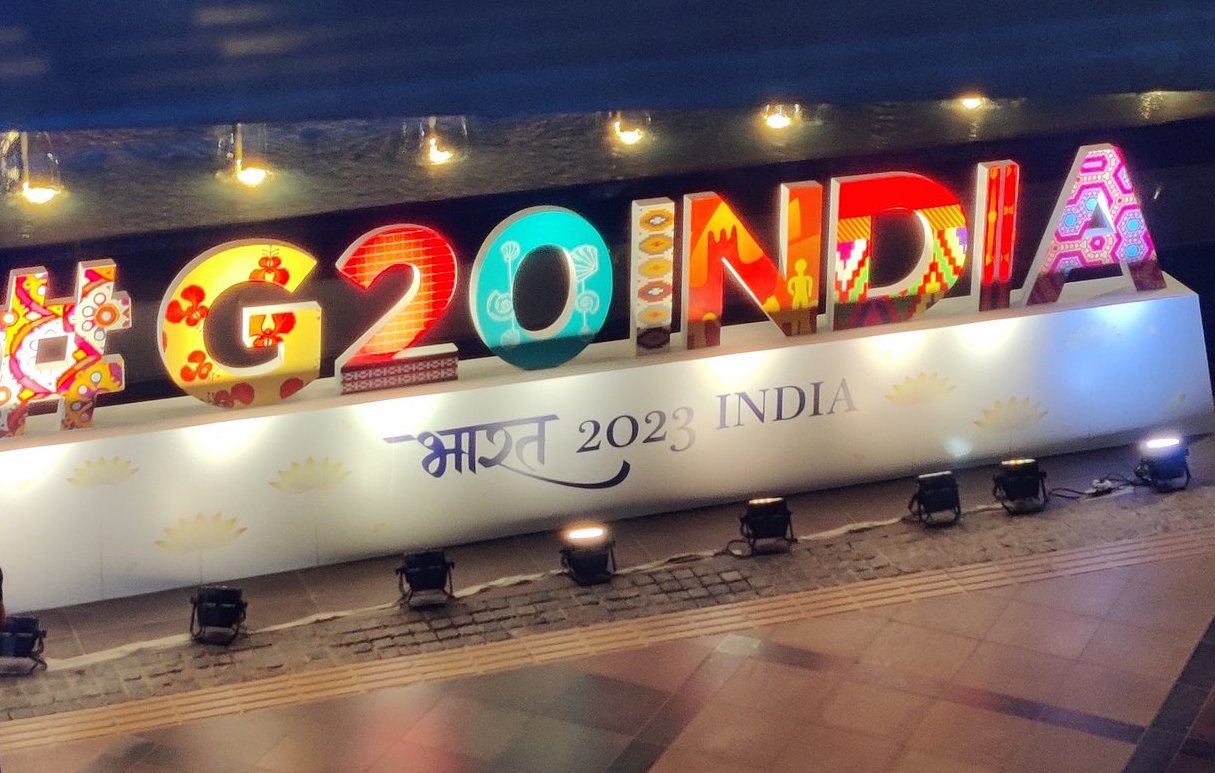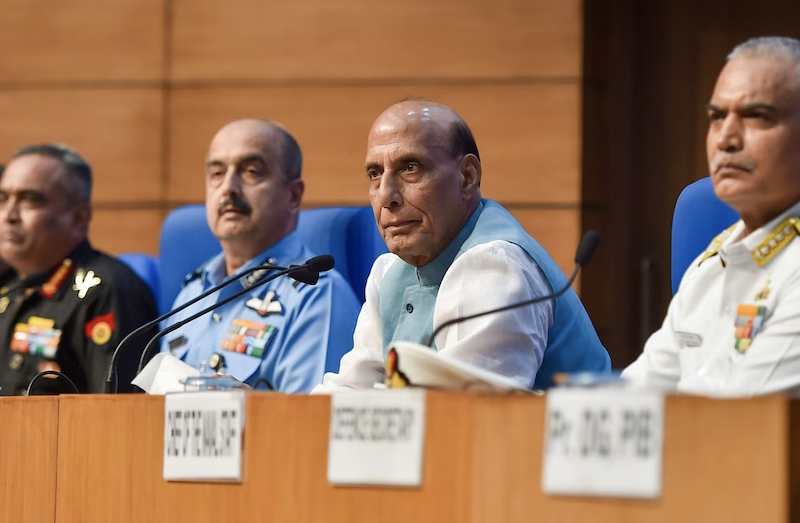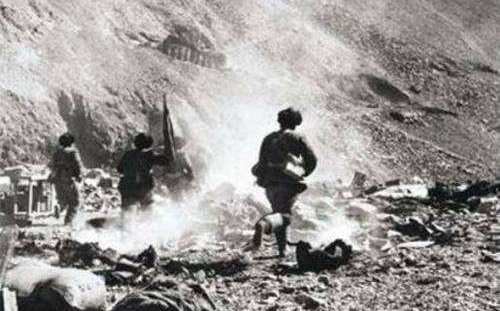 Chinese troops attacking an Indian Army post at Galwan in 1962. (Photo credit: mymemo.cn99.com)
Chinese troops attacking an Indian Army post at Galwan in 1962. (Photo credit: mymemo.cn99.com)
In 1962, China said the establishment of the Indian military post at Galwan was an attempt to grab land by India. Galwan is one of the most-used terms by the public during the last three years of the India-China stand-off in eastern Ladakh. Although both the posts of 1962 and 2020 are located at different positions, this is the story of the actual gunfight that happened at Galwan in the 1962 India-China war.
Audacious Alpha
On April 18, 1962, the Alpha Company (or A Coy) of the 5 Jat left Uri for Leh under the command of Major Srikant Sitaram Hasabnis. The unit began moving in the direction of Chushul after acclimatizing. The corps commander, Lieutenant General Bikram Singh, visited the Alpha Company when it arrived at Chushul in mid-May. The company was busy conducting routine tasks and building defences. In August, it received orders to take over ITB Hill from the Gorkhas.
After spending a month and a half in Chushul, the CO, Lieutenant Colonel Bakhtawar, ordered A Coy to move to Hot Springs. It walked along the banks of Pangong-tso to Phobrang before continuing to Hot Springs. Next came the climb up the pass to Marsimik-la. At 18,300 feet above sea level, Marsimik-la was a difficult ascent. Alpha arrived at Hot Springs after navigating the pass and turning into the Chang Chenmo river valley to the north.
At Hot Springs, the A Coy was to replace a company of 1/8 Gorkha Rifles led by Major Modak. Over the next few days, the A Coy took control of the defences held by the Hot Springs company. The Gorkha company now started to withdraw in small detachments to Chushul.
Major Ajit Singh led Bravo Company (or B Coy) of the 5 Jat to Hot Springs. Following an order from the CO, Lt Col Bakhtawar Singh, Maj Ajit Singh’s company was to proceed and take over the post at Galwan from the Gorkhas.
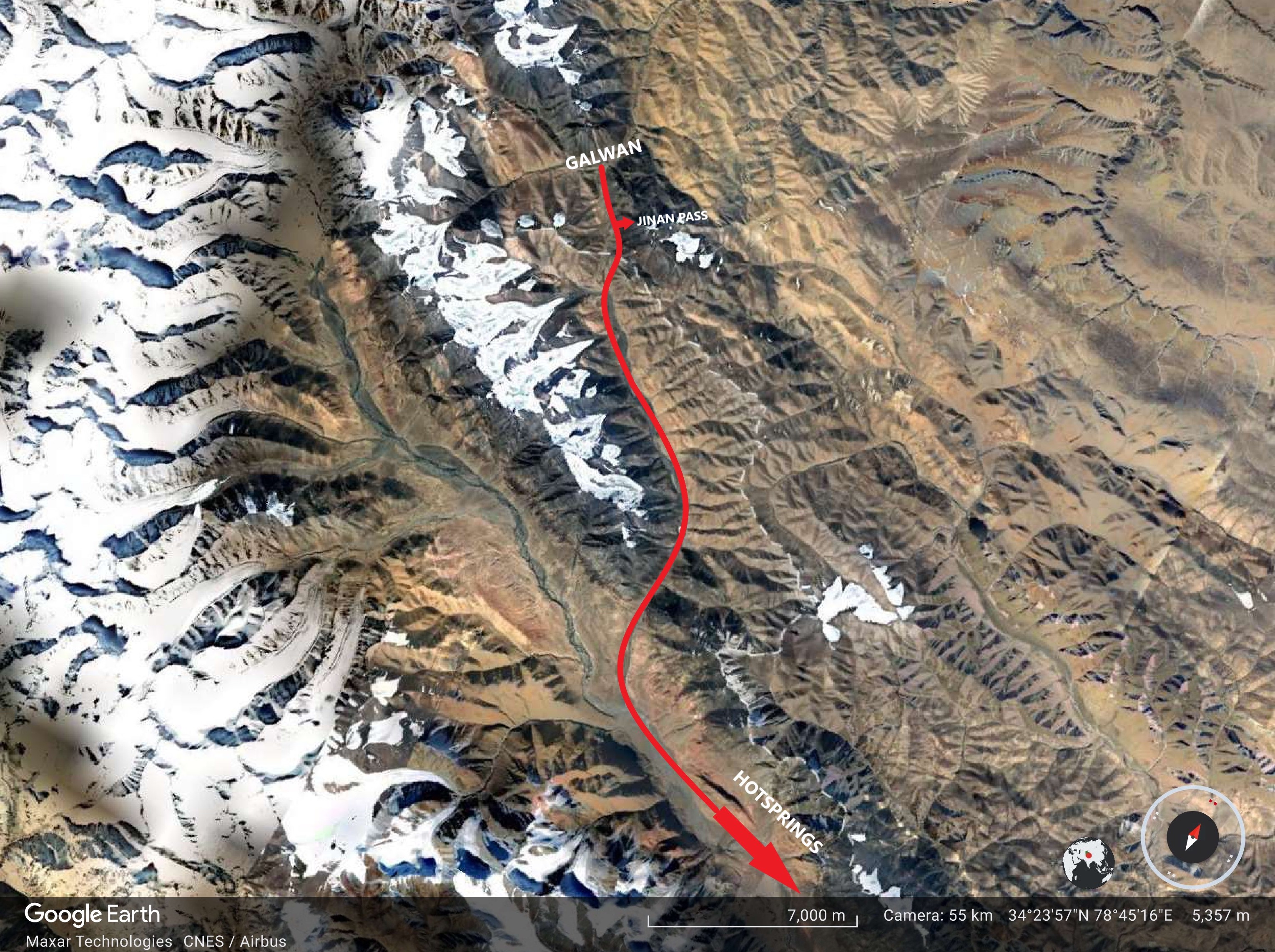 Map of the route to Galwan in 1962. (Google Earth)
Map of the route to Galwan in 1962. (Google Earth)
Read also: ‘We Stared in the Eyes of Death’ – The 1962 operations in Chushul
Galwan
The Galwan complex was situated at an altitude of 17,000 feet and was approachable on foot via the Jinan pass. It was established in June 1962 when senior officials decided to set up an isolated post deep within the Galwan valley. On July 4, CO 1/8 Gorkha Rifles, Lieutenant Colonel Hari Chand, MVC, established a platoon-sized post opposite the Chinese post at Samzungling on orders from Army Headquarters (AHQ). On July 10, around 300 Chinese surrounded the Galwan post, manned by Naib Subedar Jang Bahadur and 30 other ranks of 1/8 GR.
The Chinese had left the surrounding area the next day but were still close to the post. They continued to demoralize the Indian troops with propaganda slogans. A few days later, Major VP Bhasin* of 1/8 Gorkhas arrived with a reinforcement column to strengthen the post.
The Chinese used to cut off the supply route through the patrol base. Once they stopped a platoon-sized yak-loaded supply patrol and insisted the patrol return to base immediately. No fire was exchanged during that incident.
After three months at this post, the Jats were asked to relieve the Gorkhas.
Lt Col Bakhtawar reached Hot Springs one day and ordered Maj Ajit Singh to relocate to Galwan. Due to some sensitive factors and his assertion that moving to Galwan would be suicidal, the A Coy as asked to do so instead. Everyone was taken aback by this decision as the A Coy was consistently handed the most challenging assignments.
The remaining 60 soldiers of the A Coy were to enter Galwan by helicopter while a platoon from the company was assigned to seize control of the Gorkhas’ minor outposts north of the Chang Chenmo river. Captain HN Paul*, a doctor from the Army Medical Corps, was assigned to Alpha for the Galwan post.
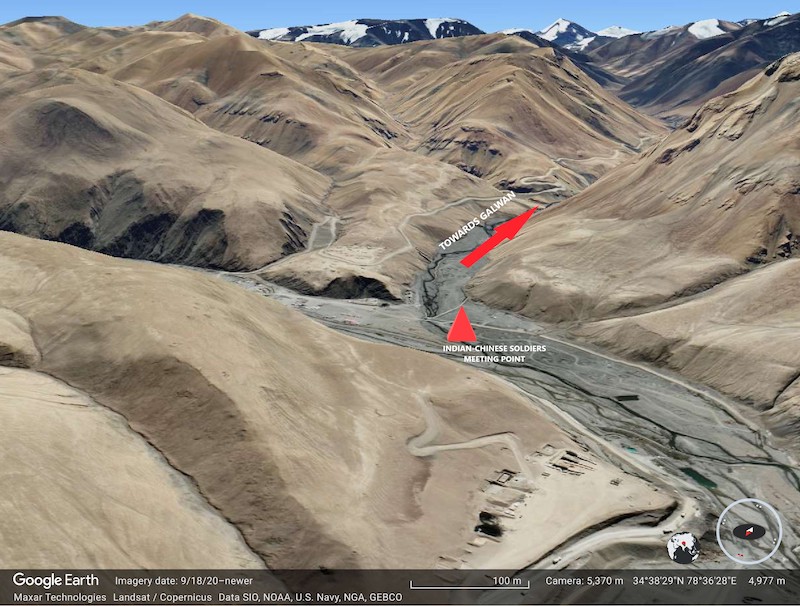 Route in 1962 towards Galwan. (Google Earth)
Route in 1962 towards Galwan. (Google Earth)
Jats at Galwan
On October 3, Maj Hasabnis and two soldiers were airlifted to Galwan. This relief operation lasted until October 12. The A Coy now had total control of the Galwan post with 60 personnel, including the OC and doctor. Numerous difficulties beset the Jats at Galwan. Snow started to fall, and the Chinese posts totally closed off the land route.
The post was entirely dependent on air supplies, which could only be delivered during clear weather. On occasion, supplies would also land on the enemy side. The Chinese kept bothering the soldiers, encircling the station, and yelling propaganda slogans like “Hindi Chini Bhai Bhai”.
Read also: ‘Gateway to Hell’ – The 1962 operation in Daulat Beg Oldie
The Jats had set up four posts in the complex:
Company HQ plus one section,
One platoon under Subedar Hoshiar Singh,
One section under Naik Inder Singh,
Remaining men under Subedar Nihal Singh.
There was no communication between the posts, and supplies were limited. Sixteen soldiers were without any weapons. Even the radio connection between company HQ and battalion HQ was on a set schedule as the cold used to drain batteries quickly. Every soldier felt some level of fear but did not utter a word. They all felt as though they had been thrown into a death trap.
The Battle
A week had passed since the last Jat landed at Galwan, yet the Chinese had continued to pester the soldiers. On the fateful day of October 20, at around 4am Maj Hasabnis was in his tent when he heard machine-gun fire directed at his post. He could see incendiary bullets being shot at his post to burn it down as he peeked outside.
All the Galwan posts were immediately shelled by artillery and mortars.
There were no bunkers or deep trenches to stand vigil in. Fire started from all directions – rifle, machine gun and artillery shells pelting the ground. The radio operator sat peacefully with his hands on his lap as Maj Hasabnis rushed to the tent with the radio to alert battalion and brigade HQ that they had been attacked by the Chinese. “Did you inform headquarters?” he inquired.
The time when this happened fell into the “radio silence” period. Nobody was present near the radio, not even at headquarters, where the radio was switched off. Therefore, it was impossible to alert the HQ. They had no outside contact at all. They were now left to tackle this battle themselves.
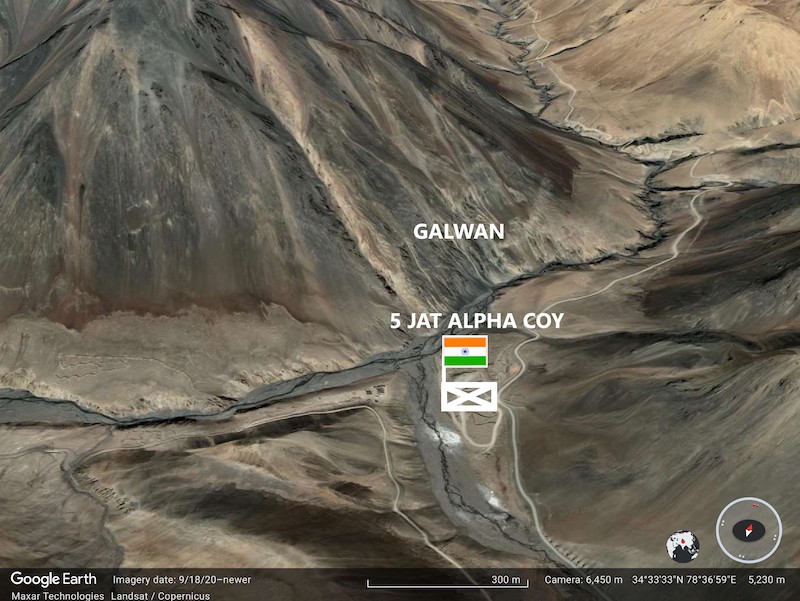 The 5 Jat Alpha Company post at Galwan in 1962. (Google Earth)
The 5 Jat Alpha Company post at Galwan in 1962. (Google Earth)
A company HQ soldier, who was sitting exposed, continued to be battered by the firing. Someone asked him: “Why are you doing this?” He replied: “Wait, sir.” He was waiting for the shot that would kill him. He was one of the 16 unarmed men in the company. Even Maj Hasabnis only had his sidearm – a single pistol.
Sub Nihal Singh’s post was pounded by artillery. After the shelling stopped for a while, a battalion-sized Chinese infantry assault was launched on the forward defences. Those valiant Jats were fighting from their crumbling defences with no heavy weaponry to back the Indian troops. Sub Nihal Singh moved from man to man to encourage them to fight to the end. While shifting position he was hit by a shell, which fatally wounded him. However, his men kept fighting and resisting.
Noticing this, a soldier, Sepoy Bhopal Singh, immediately ran to the unconscious subedar, gave him first aid, and moved him to safety. Returning to his trench Sep Bhopal Singh found his LMG (light machine gun) operator severely wounded, so he took over the weapon and started firing at the enemy causing significant casualties on the Chinese troops. Then his gun was hit by a shell. He was left with only grenades, which he started lobbing them at the enemy.
Eventually the frontline defences crumbled, and Sep Bhopal Singh was killed.
Read also: ‘Honour, Enfield, and Panama’ – The story of Lt Yog Raj Palta
In the rear, Maj Hasabnis continued to repulse Chinese attacks with his remaining troops. He advised Capt HN Paul, the doctor, to exit the tent and get into a trench. However, before he could do so, a shell hit the tent catching it on fire. With no choice he remained inside to his death.
Under intense shelling and machine gun fire Havildar Banwari Lal, the company havildar major, continued to organize ammunition and supplies while on the move. He was killed by a shell burst as he kept sprinting from trench to trench, supplying ammunition and exhorting his comrades to fight to the bitter end.
Both heavy shelling and infantry assaulted Sub Hoshiar Singh’s isolated position. Though initial enemy waves were repelled, their sheer numbers soon overwhelmed the post. Seeing the end was near, Sub Hoshiar Singh gathered the remaining ammunition and rallied his troops to the front. His LMG operators had by then suffered fatal injuries. He personally manned the LMG, inflicting casualties on the enemy before falling to Chinese fire.
An enemy detachment four times the size of Naik Inder Singh’s under-strength section swarmed them. The section fought valiantly with everything they had, but within the hour, there was nothing left. Their position was taken over by the enemy.
The hail of bullets stopped as suddenly as it had started; an eerie silence descended on the Galwan complex. The sound of the wounded screaming could be heard as the enemy closed in for hand-to-hand combat. After several hours of fighting the Chinese took over the post, killing 30 Indian soldiers out of 60, including the doctor, Capt HN Paul. Eighteen men were seriously injured.
All the men fought to the last bullet. Despite being vastly outnumbered with no chance of survival, they did not raise the white flag. Maj Hasabnis and surviving soldiers were taken prisoner by the enemy – and Galwan had fallen.
The Chinese showed two tents filled with enemy casualties and one tent filled with Indian casualties to Maj Hasabnis. While in captivity Sub Nihal Singh and another soldier died, and Sepoy Roshan Lal lost his limbs.
Read also: ‘Fire Till Eternity’ – The story of Maj Shyamal Dev Goswami
On October 21, the Chinese fired at Indian helicopters flying over Galwan position. Unable to establish contact with the post the pilot reported no signs of life as he returned. It was assumed that every man on the post was missing, believed to have been killed in action.
The captives were repatriated on May 10, 1963. Sub Nihal Singh was awarded the Vir Chakra posthumously in recognition of his gallantry and leadership.
Not one Jat hesitated in going to Galwan despite knowing it was probably a suicide mission or – one can say – a death trap. They endured the bone-chilling cold terrain despite limited food, water, and other amenities. But that did not stop them from fighting heroically against a much-larger and better-equipped enemy.
[Note: An abridged version of this story is a part of this article on the 1962 operations in the Galwan-Chang Chenmo sector.]
*The full names are not available with either the author or India Sentinels. If any reader is aware of the names, he/she is requested to assist us by sending the names to [email protected].
Disclaimer: The views expressed in the article are the author’s own and don’t necessarily reflect the views of India Sentinels.
Follow us on social media for quick updates, new photos, videos, and more
X (formerly Twitter): https://x.com/indiasentinels
Facebook: https://facebook.com/indiasentinels
Instagram: https://instagram.com/indiasentinels
YouTube: https://youtube.com/indiasentinels
© India Sentinels 2024-25

